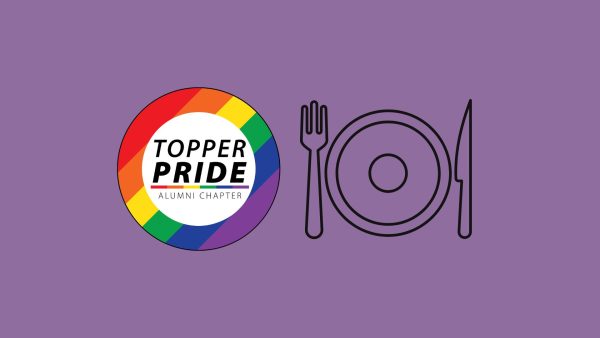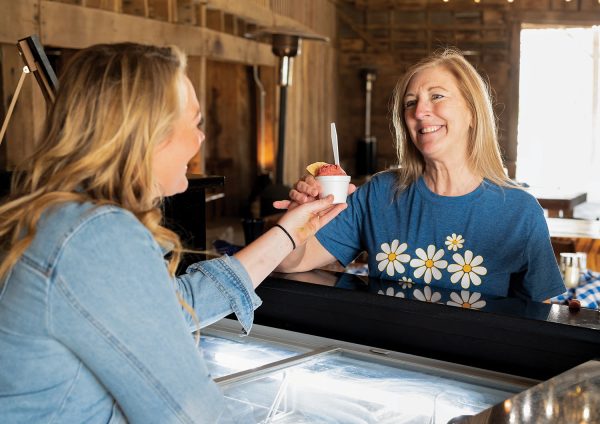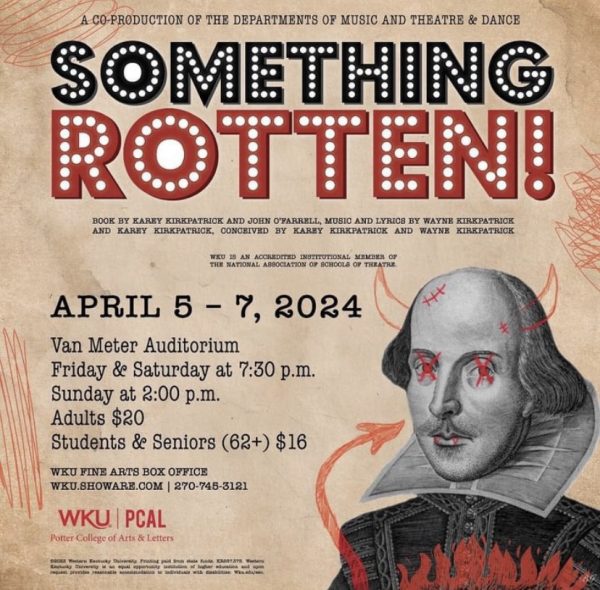Easter traditions revived in August
August 25, 2015
A vibrant display of intricately decorated eggs lines the tables of the Kentucky Museum. Though it may not be April, these eggs are a Ukrainian Easter tradition known for their coating of beeswax and elaborate written designs.
On Saturday, Aug. 22, the Kentucky Museum opened its doors for 12 participants to dabble in their egg decorating skills at the Pysanky Workshop.
The Kentucky Museum often hosts workshops that encourage WKU students and Bowling Green community members to expand their minds in historical, as well as artistic activities.
“I am trying to open the community to different types of art forms,” museum clerk Lynne Ferguson said.
At the workshop, Susan Calloway Nimersheim led the participants through the egg decorating techniques. Nimersheim has a Bachelor of Fine Arts degree in art from WKU.
Decorating Easter eggs is not a typical art form—especially for the fall; however, Nimersheim believes that the time of year is irrelevant to expressing creativity through any art form.
“Why wouldn’t you decorate Easter eggs in the fall?” Nimersheim said. “It is an outlet and an escape that has helped me get out of my head.”
Pysanky derives from the Ukrainian verb pysaty, meaning “to write,” which depicts the way these eggs are decorated. Each participant is required to bring three uncooked eggs. The decorative medium of beeswax is provided.
The intricate and unique designs are symbols for things in everyday life, and each carries a different message. Participants are given creative freedom to decide how they want their eggs to look.
Traditionally, these eggs are made for Easter; however, they can also be given to people on their wedding days as a symbol of good luck. The art form originated in the 18th century and transformed into an Easter egg tradition when Christianity was born.
Now, pysanky has become a rare art form. Workshop participant Susan Anderson commuted from Nashville to rekindle her love for pysanky egg-dying.
Anderson, originally from Ukraine, says her earliest childhood memories are from admiring the eggs locked away on her grandmother’s mantelpiece.
“My grandmother died before I was born and I wanted to find a way to reconnect to my family and keep the tradition of pysanky going for another generation,” Anderson explained.
While the art form of pysanky egg decorating may slowly be dying out, artists like Anderson, Nimersheim and Ferguson are still vying to keep the tradition alive.


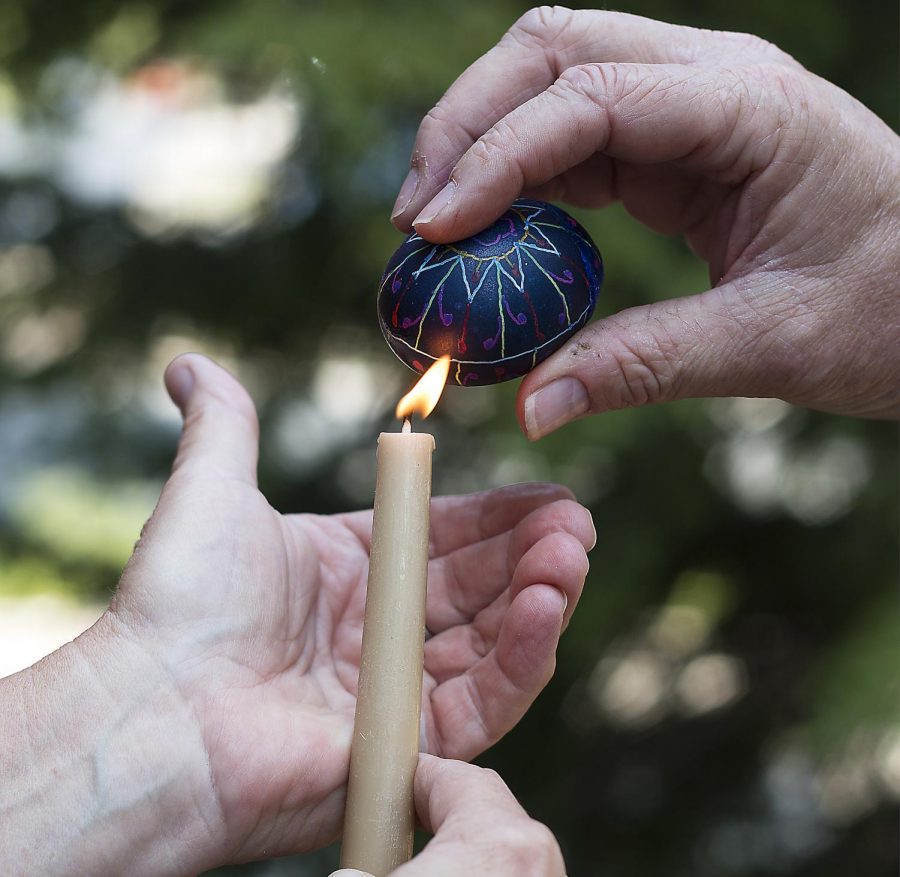








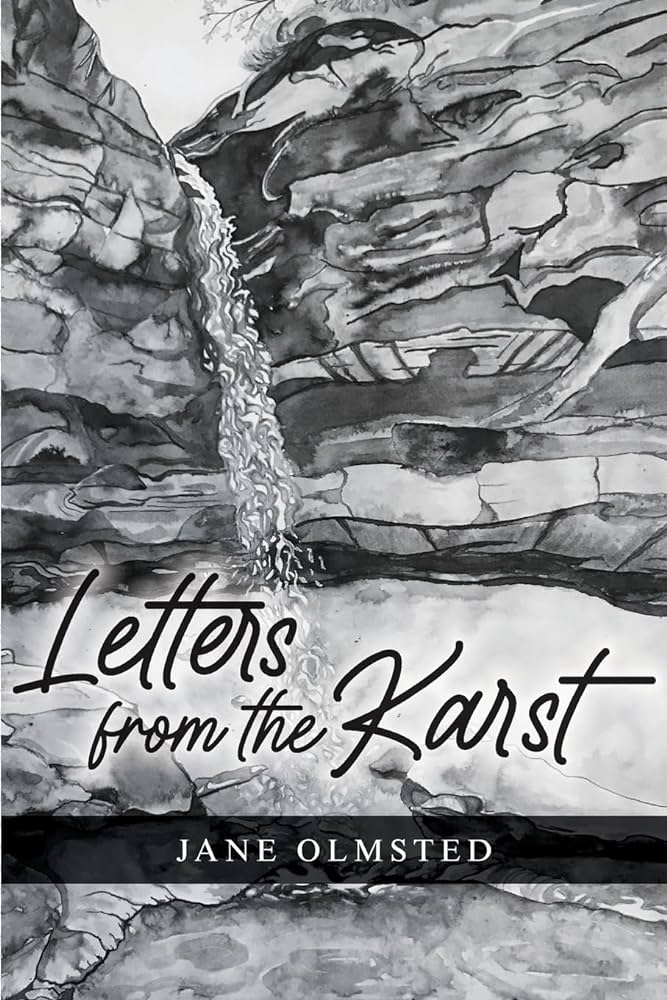
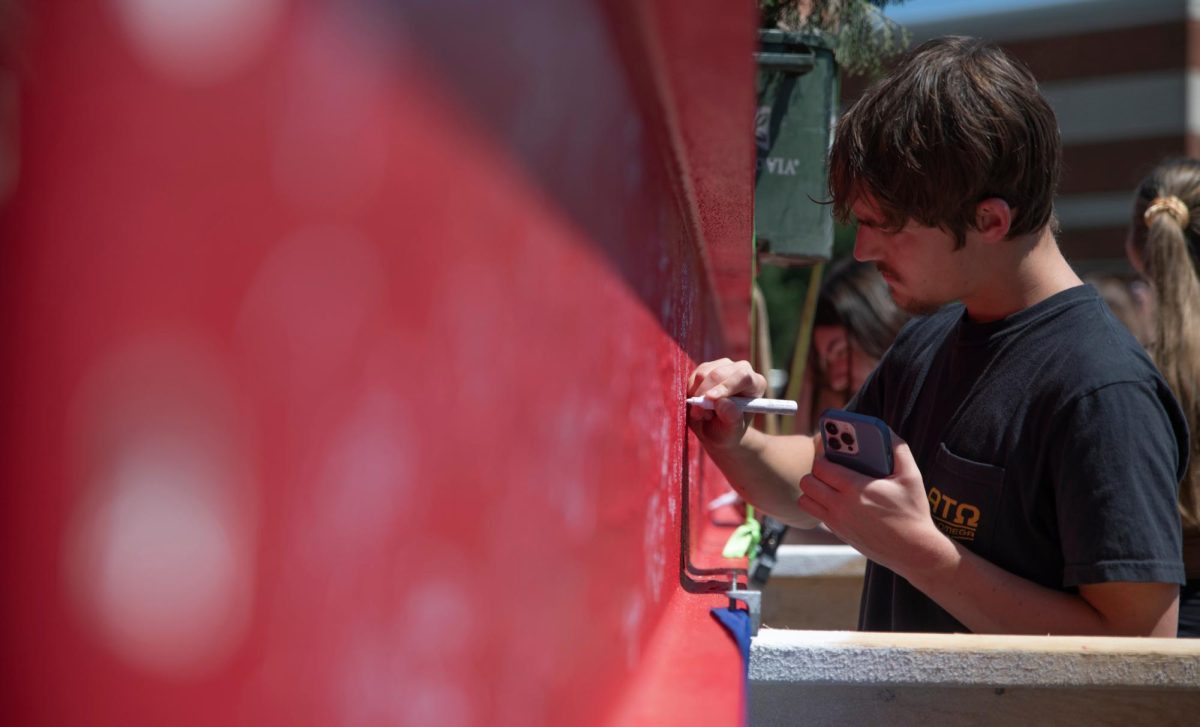


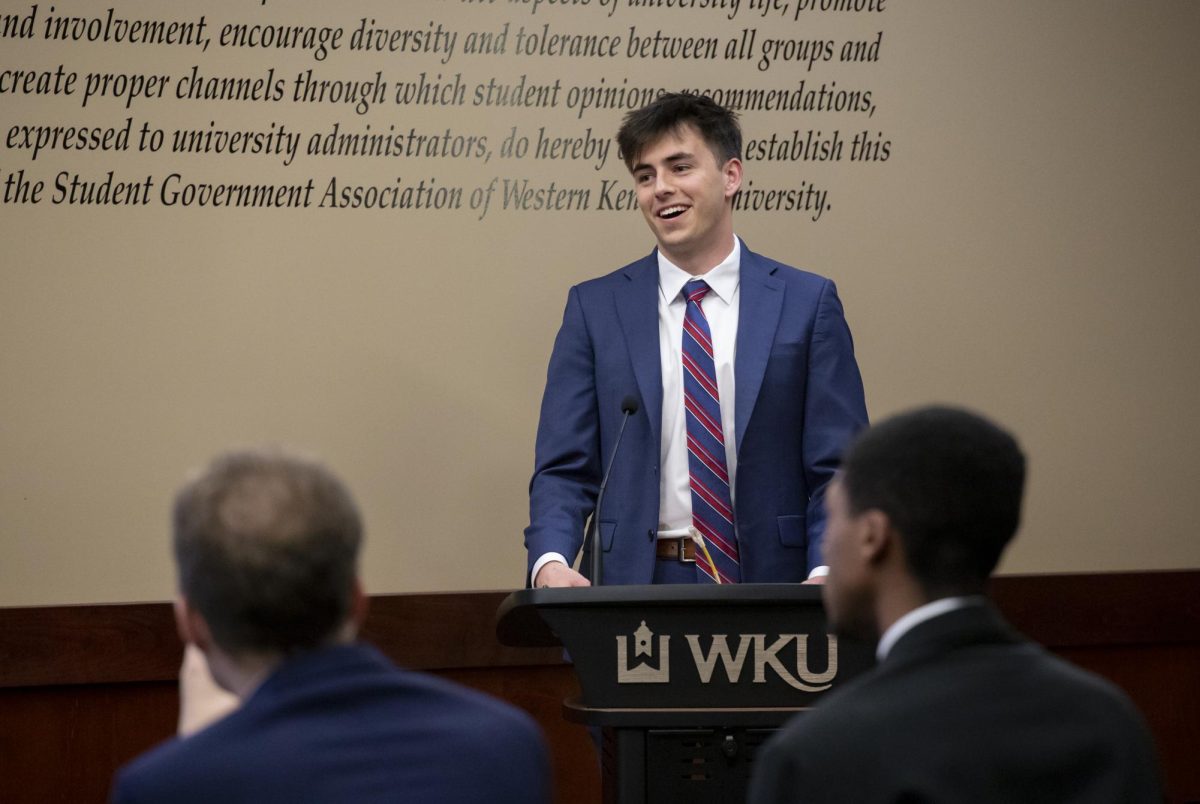



![Megan Inman of Tennessee cries after embracing Drag performer and transgender advocate Jasmine St. James at the 9th Annual WKU Housing and Residence Life Drag Show at Knicely Conference Center on April 4, 2024. “[The community] was so warm and welcoming when I came out, if it wasn’t for the queens I wouldn’t be here,” Inman said.](https://wkuherald.com/wp-content/uploads/2024/04/smith_von_drag_3-600x419.jpg)



